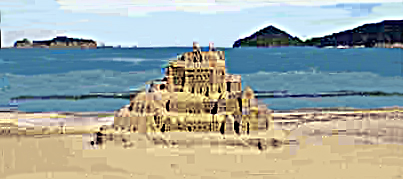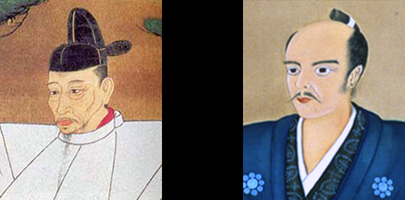
The many-storied building built on sand has a weak foundation.
The metaphor of collapsing away also easily by the rainstorm or a wave although appearance looks splendid.
| Table of contents | About a Gunto |
| Search in a page Masamune's sword | Question of judgment |
Actual condition of
judgment |


| ← Table of contents | About a Gunto → |